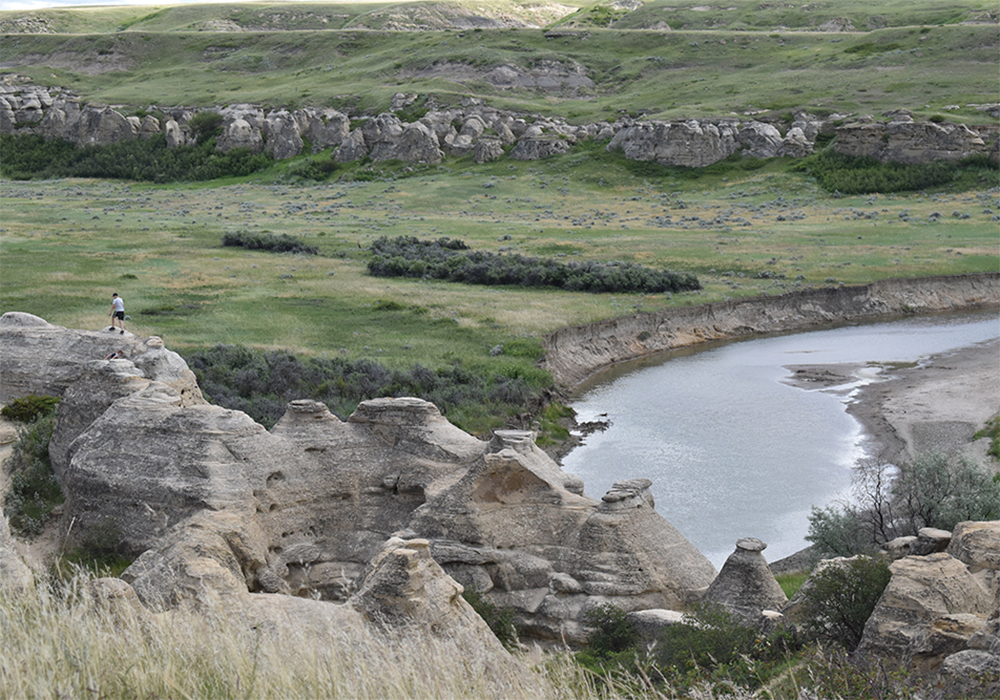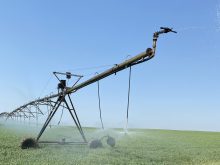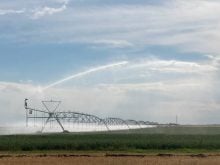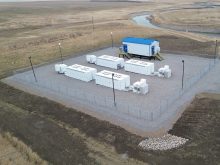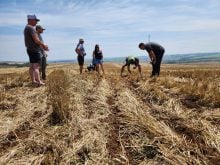Watershed council says another dry year in southern Alberta would likely trigger treaty with United States by June or July
An early spring runoff, lack of water storage capacity and the nature of an international treaty governing the Milk River may see the taps turned off early for irrigators in southern Alberta.
“It’s going to be a tricky situation again,” said Tim Romanow, executive director of the Milk River Watershed Council.
A more than century old water treaty governs both the Milk and St. Mary rivers that affect watersheds on both sides of the international border. A canal from the headwaters of the St. Mary’s in Montana provides most of the water to the Milk River for use of downstream American irrigators. The river dips back and forth along the Alberta-Montana border.
Read Also
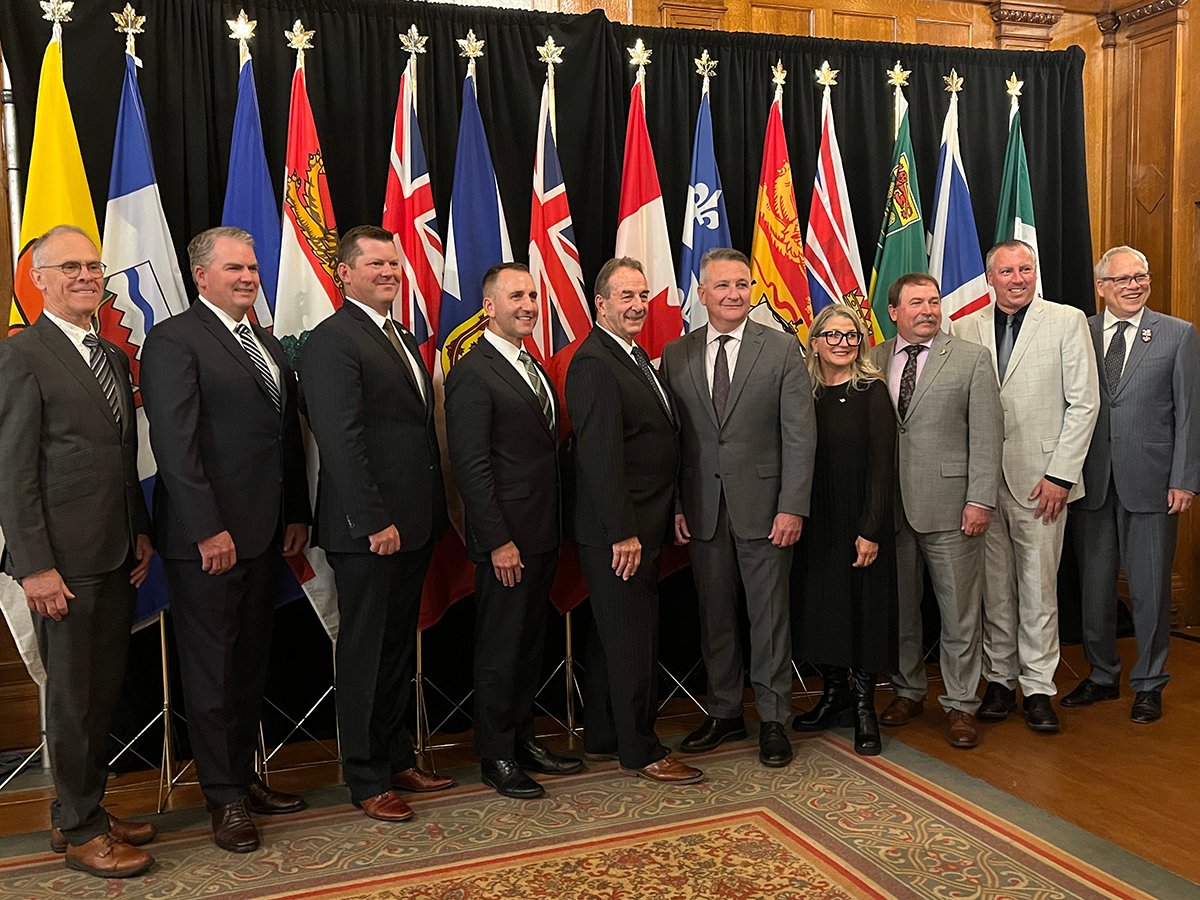
Ag ministers hear request for regulatory change, more infrastructure development
Canada’s agriculture ministers met today in Winnipeg after postponing their usual July in-person meeting due to wildfires.
Alberta irrigators are able to primarily access the natural flow rates outside of the stream flow boost provided by that diversion.
The system is balanced between the two watersheds with Canadians able to access 25 percent of Milk River flows and 75 percent of those from the St. Mary’s with the reverse availabilities for Americans.
“When our Milk River natural flow reaches zero, which is entirely possible being a drought year again, by the end of June, end of July, our irrigators might be shut down again,” said Romanow. “For the fourth time in six years, they are likely not going to be able to make it through a full irrigation season.”
Alberta Environment and Parks is warning Milk River irrigators of just such a possibility.
A normal season usually runs from May to September, depending on the crop.
Romanow said climate change is a factor by affecting the timing of when the water is available on the Milk River. It is coming earlier than needed.
“We don’t have any storage on the Canadian side,” he said. “In the last decade plus, the majority of the large spring flows are coming earlier and earlier in the season and we just don’t have the ability to use the water at the time.”
The idea of building a water reservoir has been around for decades but Romanow said it has never come to fruition.
The International Joint Commission (IJC) that regulates the water systems is aware of the changing nature of the rivers, added Romanow.
“The good news is that despite having major challenges this year, there is a big push to find some long-term solutions and that might include structural, but it also might include administrative changes that would allow for our irrigators to have more security with their licenses.”
Milk River irrigators primarily use the system to grow forages for the southern Alberta beef industry but also cash crops such as canola.
Romanow said with this year’s early warning, producers will be able to adjust what they plant.


